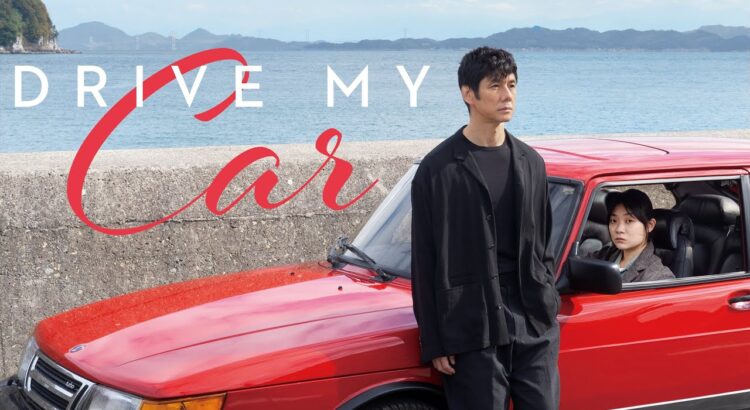Warning: Slight spoilers for the film’s exposition
Just yesterday, a few of my classmates and I went to see the premiere of Drive My Car (2021) in the State Theater. The Japanese film was directed by Ryusuke Hamaguchi and based on the short story of the same name by Haruki Murakami, whose works have been bestsellers within and outside of Japan.
I went into the film expecting a touching or tragic romance, the exposition of the film began to hint at the latter when the main character Yūsuke Kafuku (Hidetoshi Nishijima) walks in on his wife Oto Kafuku (Reika Kirishima), in the throes of passion with a young actor that she works with. I expected a dramatic confrontation between the husband and wife, but Yūsuke’s response to the incident is passive, as he simply walks away before Oto or the actor sees him.
Despite the cheating, their love appears genuine, as both of them are drawn together by the art of storytelling; he is a stage actor, and she is a writer for television dramas. However, the movie takes its turn from the romance as Oto soon passes, and Yūsuke fails to gain closure in regards to the relationship with his wife.
The second act begins when Yūsuke is hired a driver, the young Misaki Watari (Tôko Miura), when he takes a job to be a director for a stage play of Uncle Vanya. Their relationship starts with indifference towards each other yet progresses each time he requests Misaki to play the recording of his wife reciting lines from the play for him to practice with. Misaki has past grievances of her own and together she and Yūsuke help each other find closure with each of their dead family’s strange behaviors.
At first, Yūsuke did not want anyone other than him to drive his car, but he soon grows comfortable with Misaki’s driving and it is as if he has finally let go of that independent passivity that held him back from confronting his wife. This allows Misaki to reveal her trials of being raised by the abusive mother who she let die during a mudslide that collapsed her house. The comradery that the two find together is wonderfully developed without the need for overt displays as they simply build their trust in each other with each facet of information they release.
Being three hours long, the movie’s pacing is quite slow. The exposition itself took almost an hour to set up. However, if you have the patience and want to watch a film that touches your heart with a unique friendship, make sure to catch Drive My Car at the State Theater.



